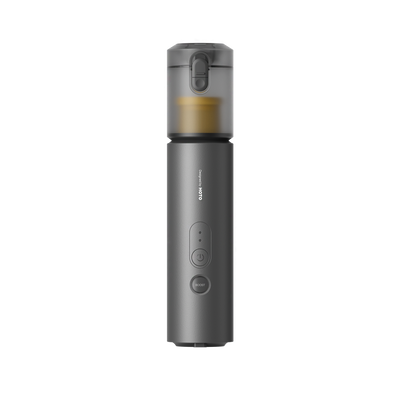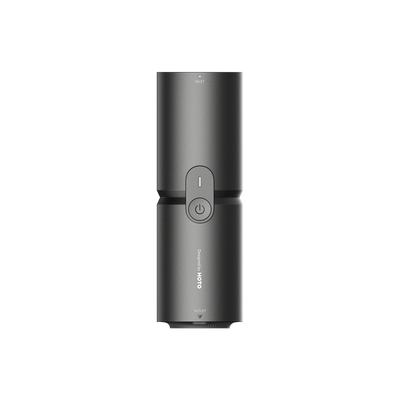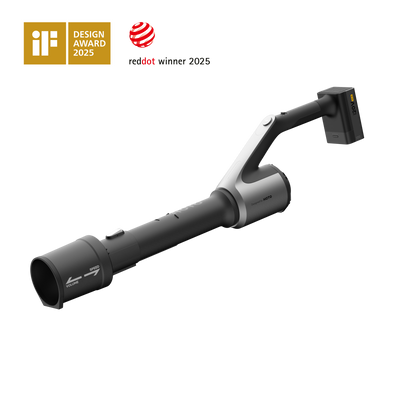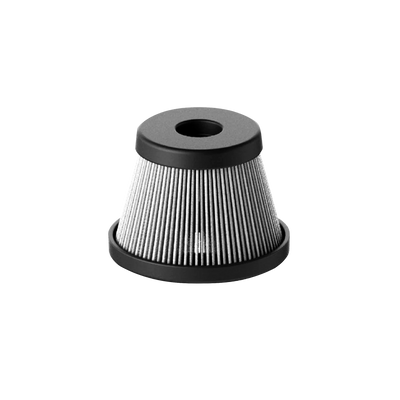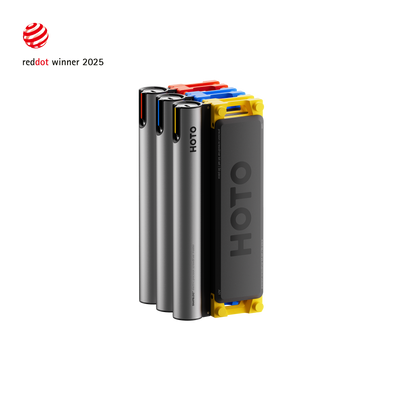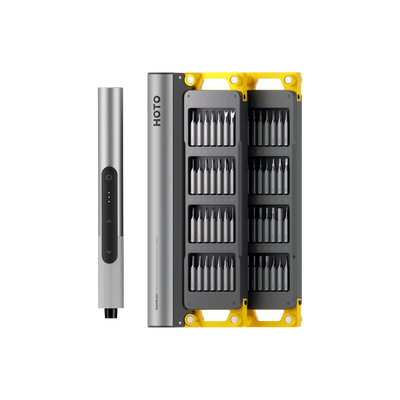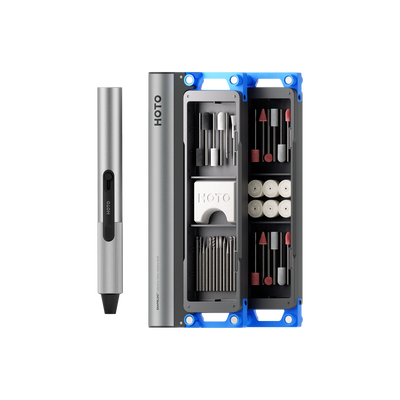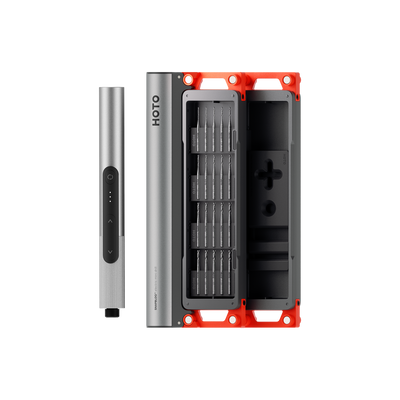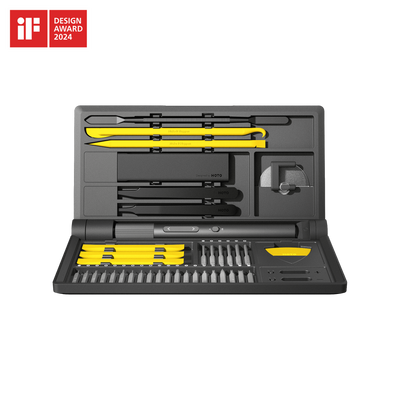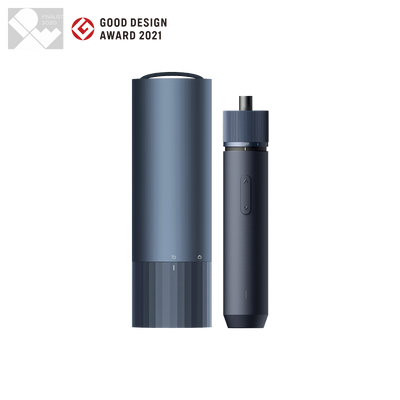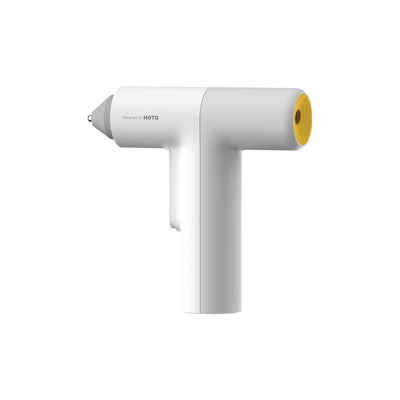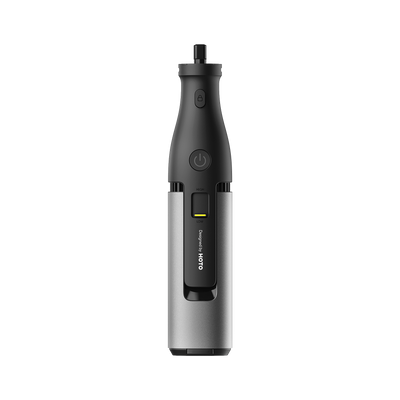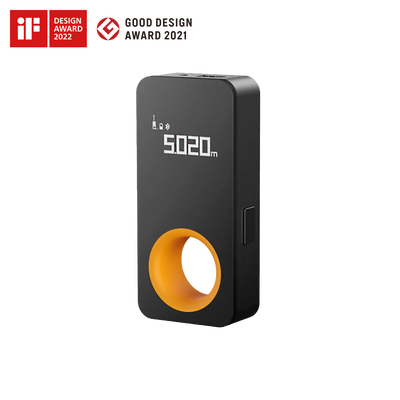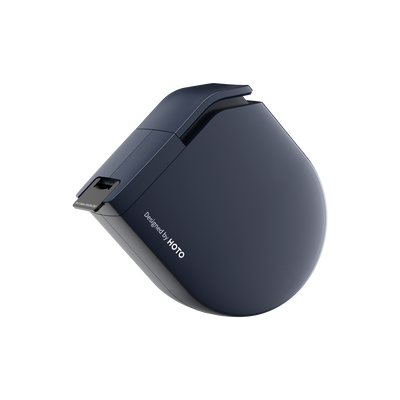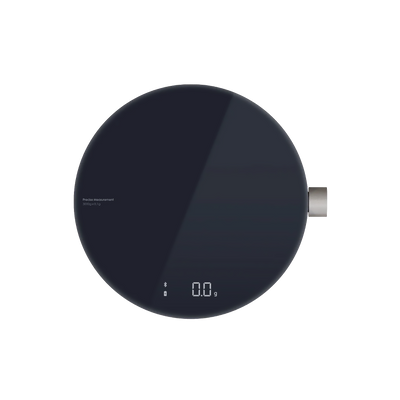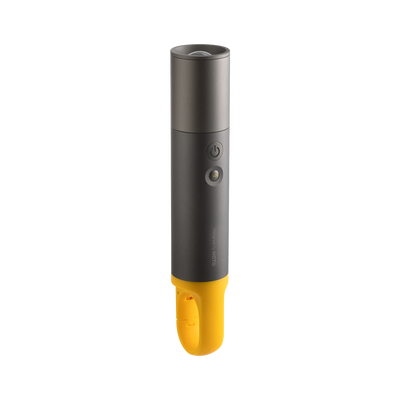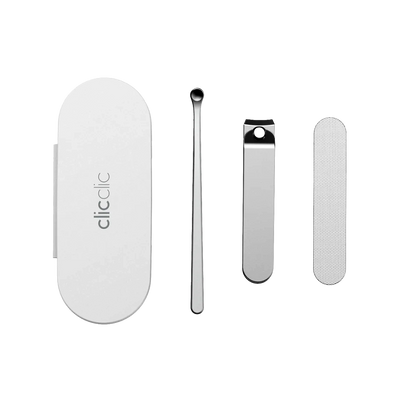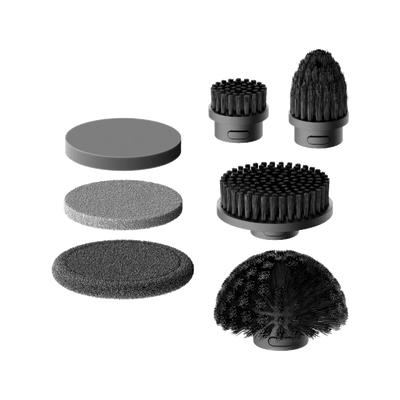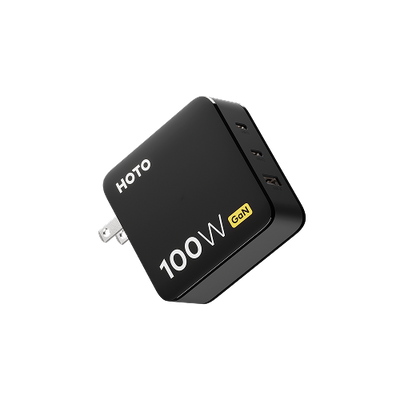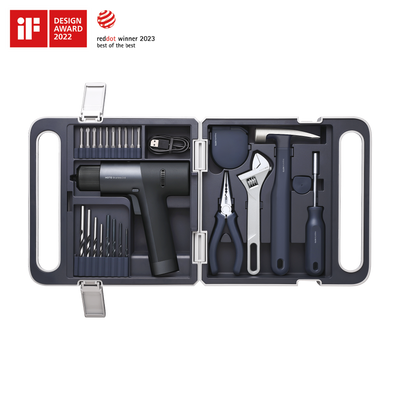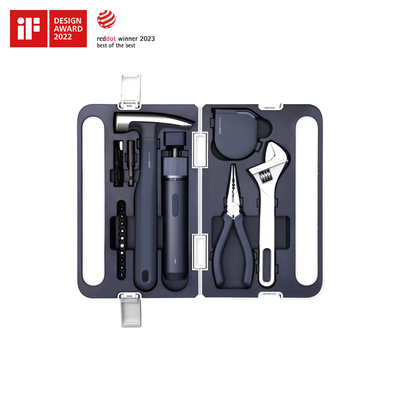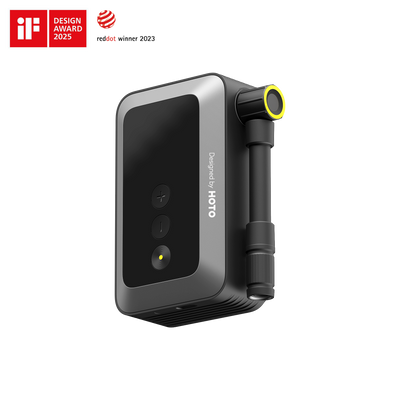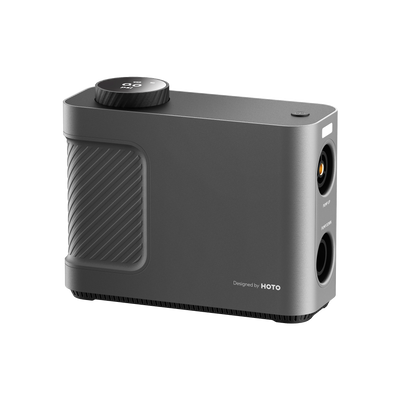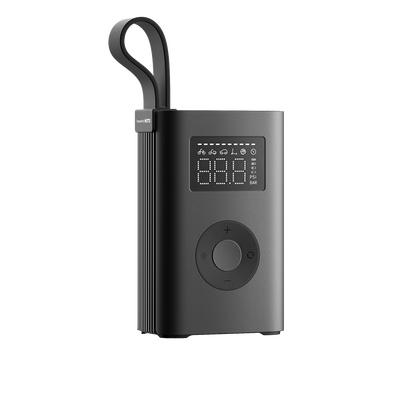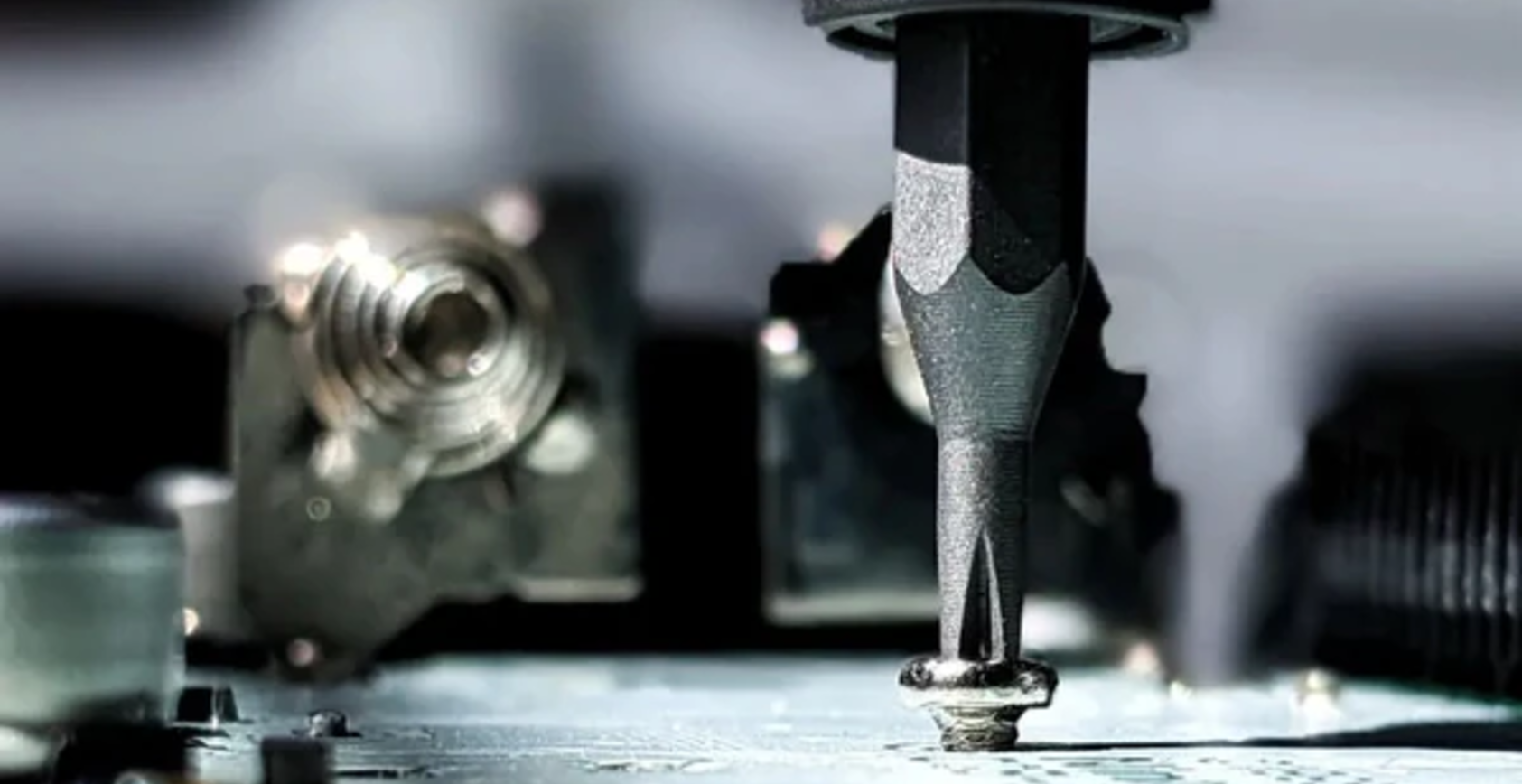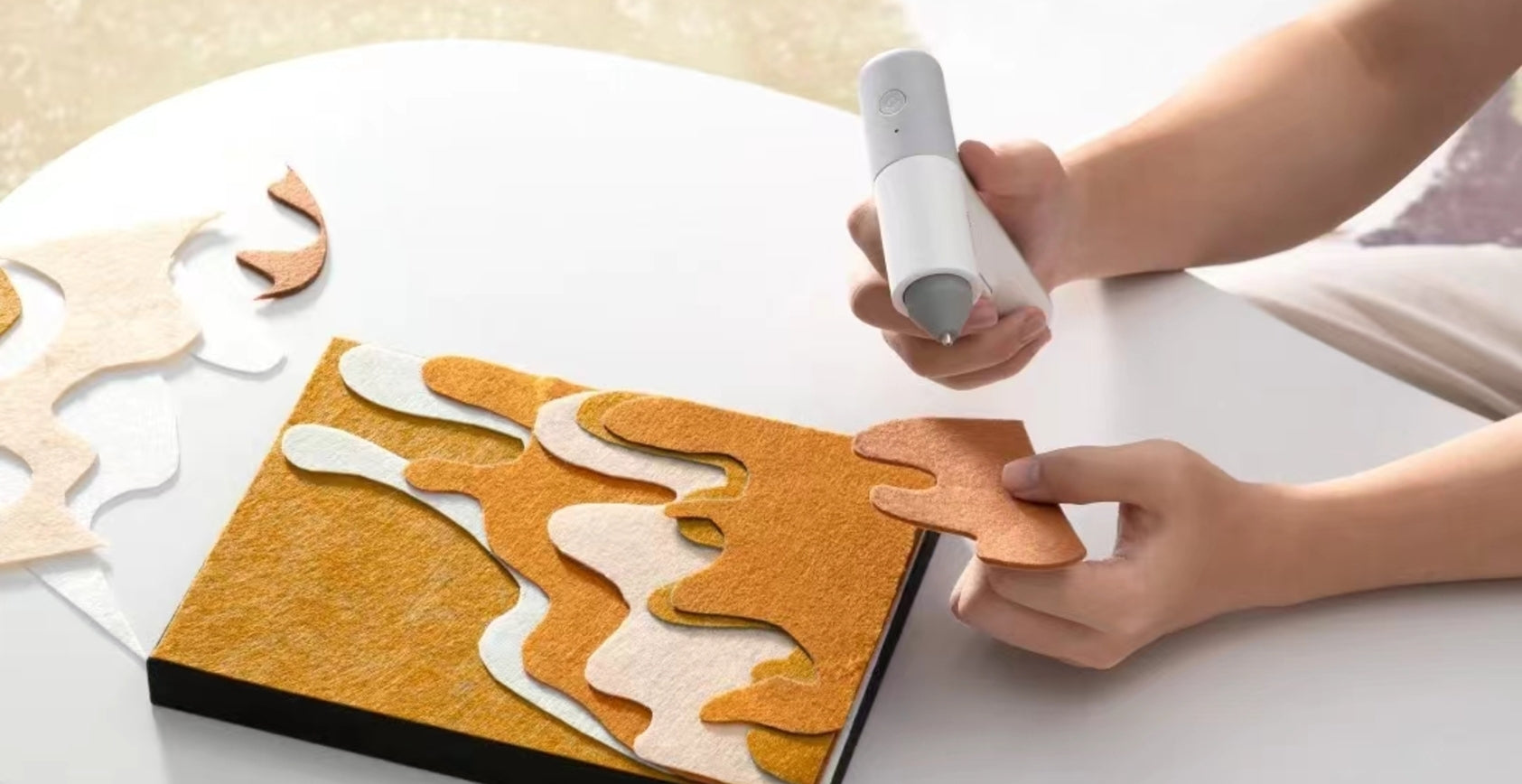
How to remove glue gun glue from various surfaces
When working on DIY projects or crafts, using a cordless hot glue gun can be incredibly useful for bonding materials quickly and securely. However, one common challenge that arises is How to remove glue gun glue from various surfaces. Removing hot glue from various surfaces can be tricky, especially if it has dried or if you’re working with delicate materials. Understanding the right techniques and tools for effectively removing glue can save you time and frustration, ensuring that your projects look clean and professional. This guide will provide you with practical steps and tips for removing hot glue from a range of surfaces, including fabric, wood, plastic, and more, helping you tackle any sticky situation with ease.
The advantages of using hot glue gun
Quick Bonding
Fast curing speed with good bonding strength and flexibility. Hot melt adhesive can cure and bond within fractions of a second to several seconds, characterized by melting upon heating and solidifying upon cooling. This enables packaging manufacturers to use higher-speed production lines, increasing output while reducing defects, facilitating continuous, automated high-speed operations at lower costs.
Ease of Use
Hot glue gun has a stable performance unaffected by changes in temperature and humidity within the work environment, ensuring strong adhesion and eliminating inherent bonding issues in packaging machinery. Hot melt adhesive does not contain water or any other solvents. It can be formed into blocks, films, sticks, or pellets, facilitating transportation and storage. It has a long service life, reduces damage and waste. You can get creative effortlessly with the easy-press automatic glue dispensing. A light press on the trigger delivers a continuous and even flow of glue for easy dotting and coating.
Versatility
The adhesive layer formed by hot melt glue is water-resistant, capable of reliable bonding even in humid environments. Hot melt glue can be repeatedly melted and bonded. If cooled glue on the adhered surface fails to bond, reheating can be performed for re-adhesion operations, making it easy to bond a wide range of objects, from home repairs to art and craft.

Instruction of use
Prepare a cordless hot glue gun with a heating power typically between 40W and 60W and some hot glue sticks as the adhesive material for reattachment. The preheating time of a hot glue gun typically depends on the gun's power and the type of hot glue stick. Insert the hot glue stick into the gun until it reaches the end.
Then, power on the hot glue gun: plug it into a power outlet, and you'll see the LED indicator light up, indicating it's heating up. After powering on, wait a few minutes for the hot glue to fully heat up. Most hot glue guns take between 3 to 5 minutes to preheat, but this time may vary depending on the brand and model of the gun. It's advisable to check the gun's instruction manual or the manufacturer's recommended preheating time. Prepare the item you need to fix and clean the surface that requires bonding.
Squeeze the trigger of the hot glue gun to extrude the glue. Apply the glue along the area where bonding is needed, squeezing and spreading simultaneously. Finally, allow the hot glue to cool and set to achieve the desired effect.

Precautions for using a hot glue gun
- Before plugging in the hot glue gun, check the power cord for any damage and ensure the stand is stable. Check for any residual glue from previous use.
- Keep it upright on a flat surface when not in use.
- If the glue gun does not dispense glue during use, check if it is heating properly.
- The nozzle and melted glue are very hot, approximately 200 degrees Celsius; avoid contact except with the handle.
- Do not pull the glue stick out from the inlet, as hot glue can cause severe burns or damage the gun.
- Do not disassemble or modify the electrical heating components, as this may cause malfunction.
- Keep the glue gun out of reach of children and store it in a safe place.
- Use the glue gun only for its intended purpose of melting glue sticks.
Maintenance and Care of the Glue Gun
- Keep the surface of the hot glue sticks clean to prevent impurities from clogging the gun nozzle.
- If your glue gun isn’t dispensing glue properly, first check if it’s heating up. A malfunction might be due to a damaged heating element. If the heating seems normal but you’re still having trouble, the nozzle could be clogged with debris and may need professional cleaning.
- Avoid removing the glue stick from the cordless hot glue gun when it hasn't been fully used up to prevent backflow and maintain proper dispensing speed.
- If there is backflow of glue sticks in the glue gun, immediately disconnect the power and stop using it. Seek professional repair before further use.
- Disconnect the power if the glue gun has been continuously heated for more than 15 minutes without use, which can prolong the lifespan of the glue gun.
- Avoid using the hot glue gun in humid environments to prevent the risk of electric shock. Non-professionals should not attempt to dismantle the hot glue gun.
How to remove glue gun glue from various surfaces
DIY enthusiasts or repair professionals often encounter the question: "How can I easily and quickly remove hot glue?" Since hot glue that has adhered to a surface can be difficult to remove by simply pulling it off, which can damage the surface, finding a simple way to remove residual glue is a crucial issue.
Alcohol
It's best to use medical alcohol rather than industrial alcohol. Drop the alcohol directly onto the glue or apply it with a cotton ball. Once the glue hardens, you should be able to peel it off. If the glue is in a corner where it’s hard to drip or apply, use a syringe filled with alcohol to inject it onto the glue. This method conserves alcohol and can effectively remove glue from difficult-to-reach spots.
Ice Pack Method
Whether the glue is on clothing or furniture, you can use an ice pack to cool it down. After a few minutes, you should be able to peel it off. Avoid using sharp tools to scrape it off to prevent damage to the surface.
Freezing
For small items covered in hot melt glue, you can freeze them in the refrigerator or place an ice cube on the glue. This will make it easier to remove the glue from the small items.
Reheating
Once the glue becomes soft and tacky, use a plastic or wooden spatula to gently lift and peel it off. Be careful not to damage the surface underneath.
Summary
How to remove glue gun glue from various surfaces can be a common challenge in DIY projects, but with the right techniques, removing it from various surfaces can be straightforward and effective. Whether you're working with fabric, wood, plastic, or other materials, understanding the specific methods for glue removal—such as using alcohol, ice packs, freezing, or reheating—can help you address any sticky situation without causing damage.
Hot glue guns offer numerous advantages, including quick bonding, ease of use, and versatility, making them essential tools for a wide range of applications. Proper usage and maintenance are crucial for ensuring the longevity and effectiveness of your glue gun. Always follow safety precautions to avoid accidents and ensure your glue gun performs optimally.
By employing the appropriate removal techniques and adhering to best practices for using and maintaining your hot glue gun, you can keep your projects looking clean and professional while making the most of this versatile adhesive tool.


